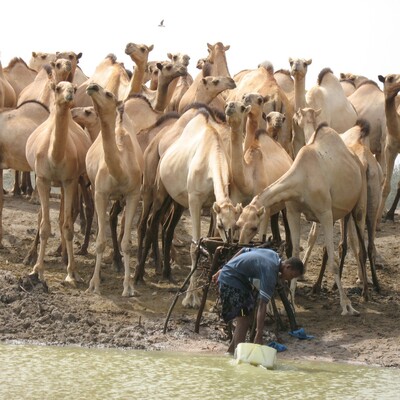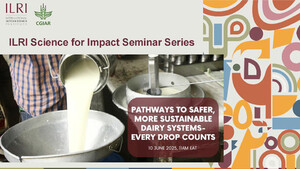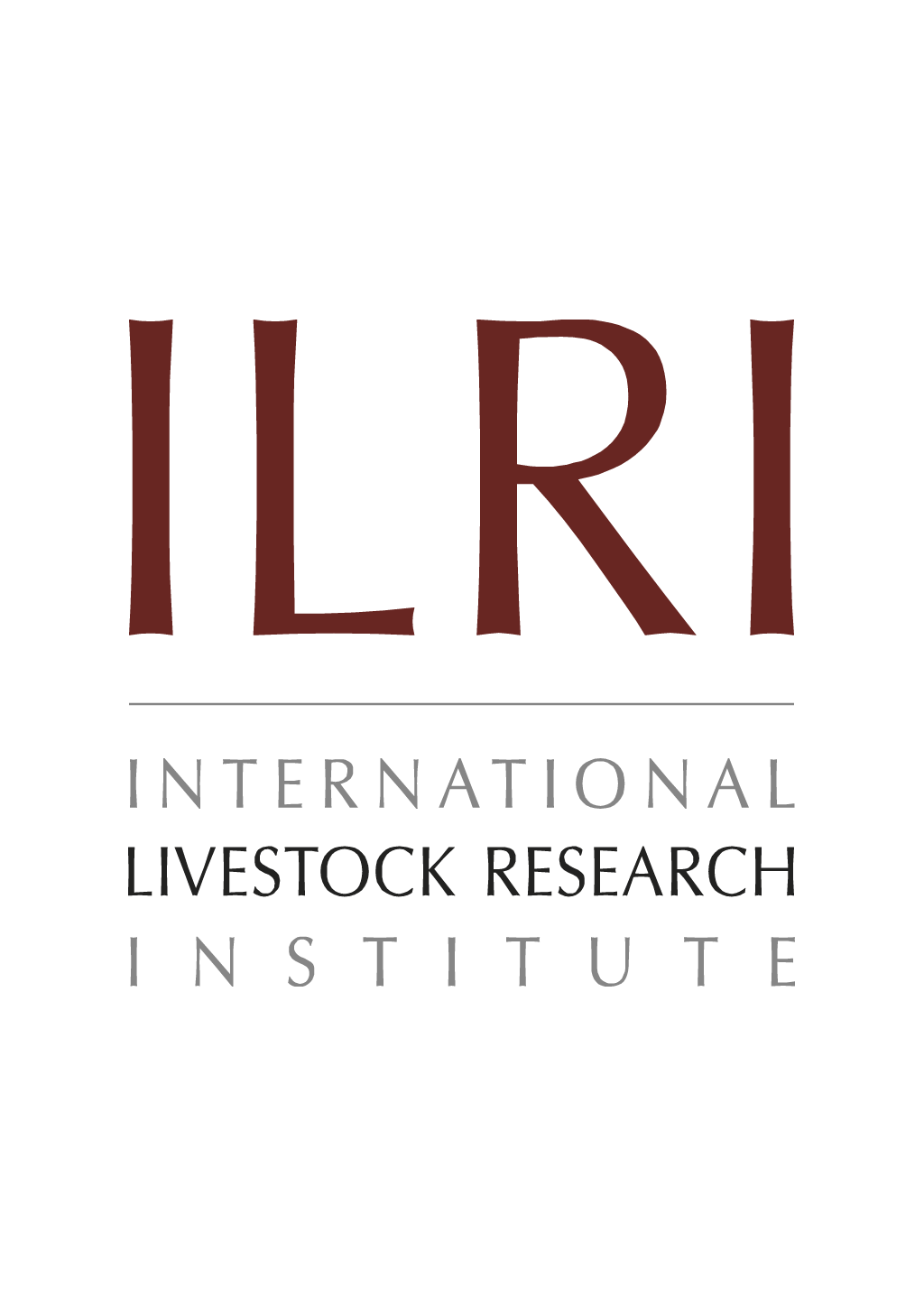
Productivity of alley farming with leucaena (Leucaena leucocephala Lam. de Wit) and Napier grass (Pennisetum purpureum K. Schum) in coastal lowland Kenya
Abstract
Inadequate supply of fodder is a serious constraint to the potentially-promising smallholder-dairy production system in coastal Kenya. Alley farming could be an approach to addressing this problem. A study of forage production based on Napier grass and leucaena in an alley cropping system was conducted on an infertile sandy soil in lowland coastal Kenya. The effects of Leucaena hedgerows, Clitoria ternatea (L.) intercropping, addition of slurry and two harvesting managements (severe and lenient) on the yield of Napier grass fodder, were assessed. The study was initiated in 1989 and three years results are reported. Napier grass fodder yields did not decline in the presence of leucaena hedgerows in most harvests. Generally, the Napier rows adjacent to the hedgerows gave greater yields than in either the centre or sole Napier rows. Interplanting clitoria between Napier rows had a beneficial effect on Napier yields in the later harvests. Compared with sole Napier, the hedgerow treatment receiving slurry increased yield of Napier by 50 percent, of total forage by 80 percent, and of nitrogen by 200 percent. During the first two years of cropping most treatments did not affect the OM and nitrogen content of the soil but by the end of the third cropping year, slurry application increased soil OM by 21 percent and slurry and clitoria treatments each increased soil nitrogen by 33 percent. The study demonstrated the increase in the supply and quality of forages for dairy cattle that can be achieved by planting complementary forages, legume and grass species in an intercropping system like alley farming and the benefits to soil composition by the return of slurry.
Citation
Mureithi, J. G., Tayler, R. S., & Thorpe, W. (1995). Productivity of alley farming with leucaena (Leucaena leucocephala Lam. de Wit) and Napier grass (Pennisetum purpureum K. Schum) in coastal lowland Kenya. In Agroforestry Systems (Vol. 31, Issue 1, pp. 59–78). Springer Science and Business Media LLC. https://doi.org/10.1007/bf00712055










